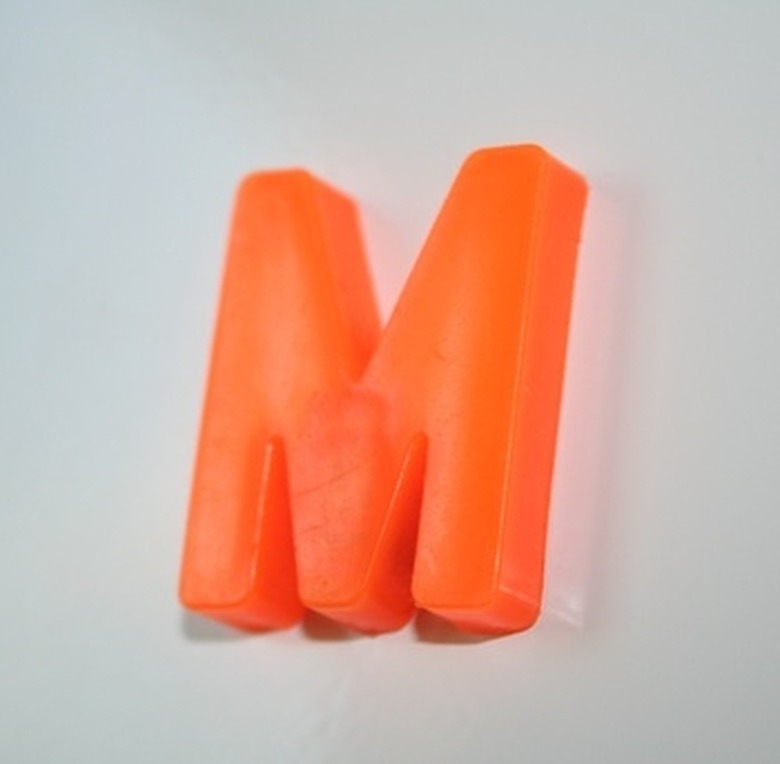Kinds Of Magnets
Magnets are part of our daily lives in a number of different ways. Although most people probably think of the brightly colored magnets attached to their refrigerator, magnets come in much greater variety than that. Magnets are used in science, industry and everyday life. Some are naturally formed, some are man-made; some are permanent and others are temporary.
Types
Types
Natural magnets are found in an iron-rich mineral called magnetite. Earth itself is a magnet. Most magnets used today, however, are man-made and are created by processing certain metallic alloys so the charges align. Man-made magnets can be either temporary or permanent. Temporary magnets can be made by rubbing a piece of magnetic metal, such as iron, or by passing electricity through the coils of an electromagnet.
History
History
The earliest magnets were pieces of magnetite found by happenstance. Small pieces of iron and magnetite were used for basic compasses by Chinese sailors more than 1,000 years ago. Modern studies of magnetism began with the work of William Gilbert in the early 1600s, when he determined that Earth exhibited magnetism and that magnetism could be changed by external processes.
Function
Function
All magnets work on the same basic physics principles. In a magnet, the metal's atoms are arranged in groups called domains, in which the atomic alignments cause the microscopic domains to become magnets on that scale. The domains themselves align to create the larger magnet. The application of heat to the magnetic material causes the alignments to remain stable, making a permanent magnet.
Size and Strength
Size and Strength
Magnets vary widely in size, from tiny magnets used in electronics and manufacturing to giant magnets used for cyclotron experimentation in physics. The strength of these magnets can also vary greatly. A magnet like those used to stick to refrigerators typically has a strength of about one-tenth of a tesla, the unit of magnetic induction. The strongest magnet on record, an electromagnet built at the U.S. Department of Energy's Berkeley Lab in 2001, had a strength of 14.7 tesla and was used to bend the paths of high-speed atomic particles.
Benefits
Benefits
One of the main practical uses of magnets is in the production of electricity. Just as electricity can create magnetism in an electromagnet, the movement of magnets in a generator can produce electricity. Magnets are also used for certain high-speed trains, computers, telephones, factory machines and compasses.
References
Cite This Article
MLA
Brown, Laurel. "Kinds Of Magnets" sciencing.com, https://www.sciencing.com/kinds-magnets-5403805/. 24 April 2017.
APA
Brown, Laurel. (2017, April 24). Kinds Of Magnets. sciencing.com. Retrieved from https://www.sciencing.com/kinds-magnets-5403805/
Chicago
Brown, Laurel. Kinds Of Magnets last modified March 24, 2022. https://www.sciencing.com/kinds-magnets-5403805/
